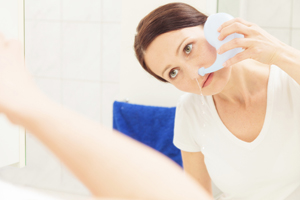Primary amoebic meningoencephalitis primary prevention
|
Primary amoebic meningoencephalitis Microchapters |
|
Differentiating Primary Amoebic Meningoencephalitis from other Diseases |
|---|
|
Diagnosis |
|
Treatment |
|
Case Studies |
|
Primary amoebic meningoencephalitis primary prevention On the Web |
|
American Roentgen Ray Society Images of Primary amoebic meningoencephalitis primary prevention |
|
FDA on Primary amoebic meningoencephalitis primary prevention |
|
CDC on Primary amoebic meningoencephalitis primary prevention |
|
Primary amoebic meningoencephalitis primary prevention in the news |
|
Blogs on Primary amoebic meningoencephalitis primary prevention |
|
Directions to Hospitals Treating Primary amoebic meningoencephalitis |
|
Risk calculators and risk factors for Primary amoebic meningoencephalitis primary prevention |
Editor-In-Chief: C. Michael Gibson, M.S., M.D. [1]; Associate Editor(s)-in-Chief: Hardik Patel, M.D.
Overview
Personal actions to reduce the risk of primary amoebic meningoencephalitis should focus on limiting the amount of water going up the nose and lowering the chances that Naegleria fowleri may be in the water. Routine, enhanced education of the public in advance of the summer swim season might be helpful.
Primary Prevention
Measures to prevent primary amoebic meningoencephalitis include the following:
- Avoid water-related activities in bodies of warm freshwater during periods of high water temperature and low water levels.
- Hold the nose shut or use nose clips when taking part in water-related activities in bodies of warm freshwater such as lakes, rivers, or hot springs.
- Avoid digging in or stirring up the sediment while taking part in water-related activities in shallow, warm freshwater areas.
- Avoid putting your head under the water in hot springs and other untreated thermal waters.
- Only sterile, distilled, or lukewarm previously boiled water should be used for nasal irrigation or sinus flushes. Use water that has been:
- Previously boiled for 1 minute (at elevations above 6,500 feet, boil for 3 minutes) and left to cool or
- Filtered, using a filter with an absolute pore size of 1 micron or smaller or
- Purchased with a label specifying that it contains distilled or sterile water.
Copyleft images obtained courtesy of http://www.cdc.gov/parasites/naegleria/prevention.html

